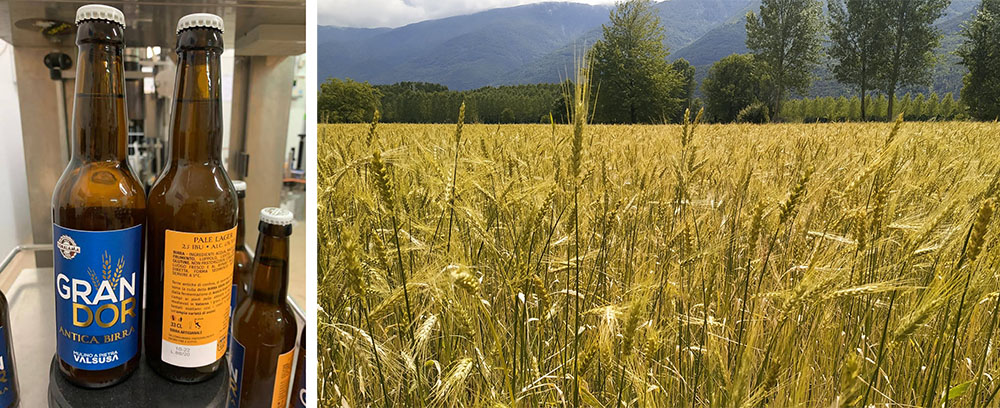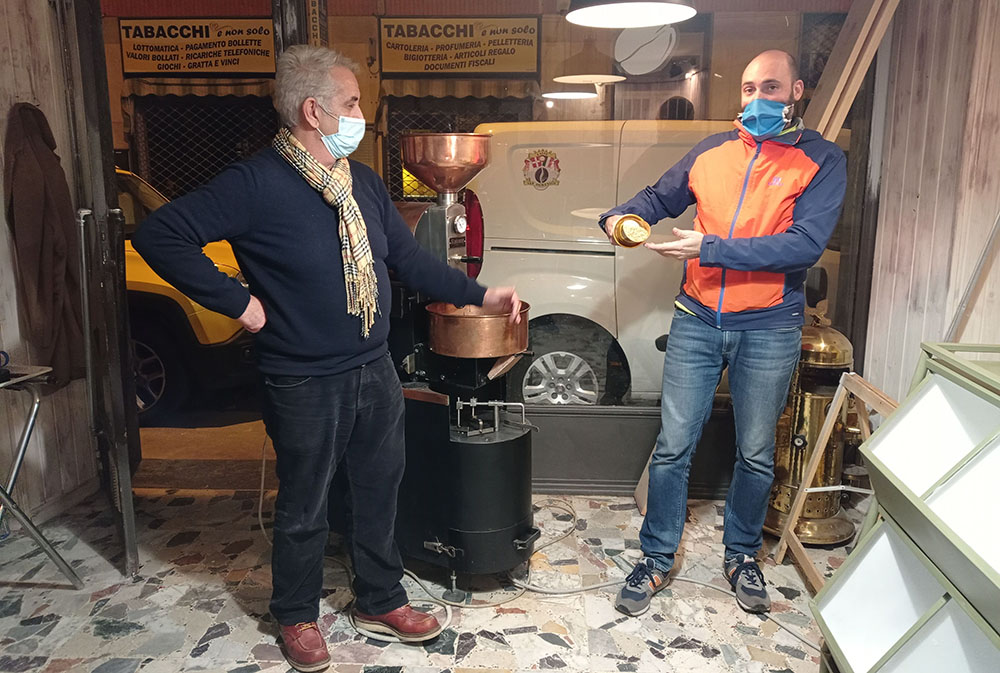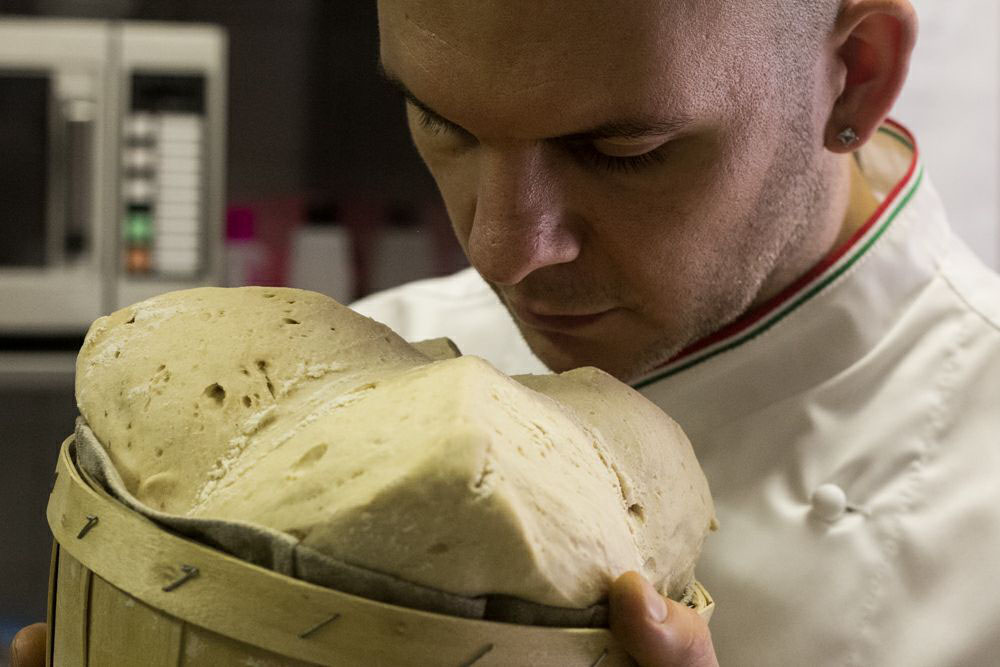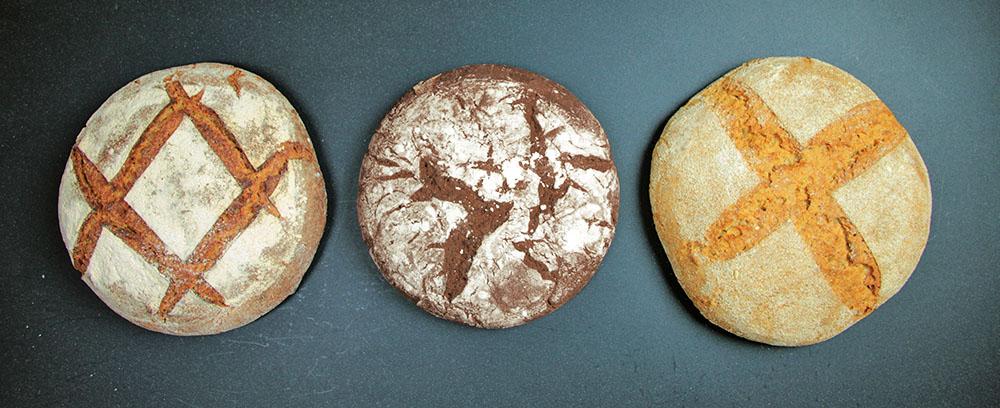One hundred percent Susa Valley beer is born. The idea is signed by Mulino Valsusa of Bruzolo, Solaramà Brewery of Vaie and Caffè San Domenico of Sant'Antonino di Susa.
"The idea behind it is to grow the area of land cultivated with grains from the valley on our territory," says Massimiliano Spigolon, soul of the Mill, opened a year ago and the only 19th-century mill in the Valley brought back into operation. "If last year, at the start of the project, there were 14 farmers involved, we have now grown to 30. In parallel, we have grown from 12 hectares under cultivation, many with ancient recovered varieties, to 35 hectares."
The name given to the new beer? Gran Dor, with a play on words that recalls both golden wheat and Dora: that's why the label is blue with golden lettering.
The beer, unfiltered and unpasteurized, has a light golden color, moderately cloudy, and white, fine, compact and persistent foam. The aroma? It smells of cereals, with fruity notes, floral hints of iris: it is slightly bitter, full-bodied, fragrant, thirst-quenching, marked cereal aftertaste.

The new "Grand Dor" and the wheat fields in Bruzolo.
The beer is brewed with ancient grains from the valley , an "evolutionary blend" in the field of ancient wheat varieties that were grown in the early 1900s and later abandoned. Basically, 8-9 grains are sown together, directly in the ground. "Rediscovering traditional ancient grains today and growing them in the fields of the Susa Valley certainly has more than one advantage: being able to enjoy superior nutritional properties, reactivate new production chains, and support the local economy," Spigolon explains.
The crush is by Birrificio Solaramà, a Valsusina reality founded in 2004 to produce craft beer: Davide Zingarelli has embraced the project with great enthusiasm. Water, barley malt, 100 percent Valsusino wheat, hops and yeast give rise to a fusion of renowned brewing styles and areas: Belgian blanche and German helles, with an alcohol content of 5 degrees. The added touch? Typically barley-only, a large percentage of unmalted ancient grains, previously roasted, were used for this beer: they give, in addition to the characteristic aroma, a slight haze.

Roberto Messineo and Massimiliano Spigolon grappling with roasting grains.
For this, master Roberto Messineo, whose roasting company in Sant'Antonino di Susa works for international restaurant brands and gastronomic excellences, is involved in the project. Roasting grains also means expressing their essence, their soul, their true nature, bringing out their aromas.
At the same time, with another Valsusian excellence, Master Matteo Marzo's Bakery in Venaus, the ancient breads of the valley that used to be eaten in the mountains have returned to production. They are the "Alpine breads with sourdough." The line includes three types: there is the whole-grain rye one, then there is the bread with flours from Grani Antichi, an evolutionary blend consisting of several wheat varieties, such as Mentana, Apulia, San Pastore, Verna, Gentilrosso, Gamba di ferro, and Terminillo.

Matteo Marzo.
Finally, Barbrial, which had disappeared and comes from an ancient technique involving the autumn sowing of a mixture composed of wheat and rye seeds. The mixture is thus obtained not by mixing flours but directly in the sown field, where the flavors and special characteristics also arise from the natural cross-pollination of the two species.
"These are 100 percent Valsusa breads," concludes Matteo Marzo, who emphasizes how this is how a small dream is realized: to make bread from the past today for the future.

The three mountain breads: Rye, Ancient Grains and Barbarial.



